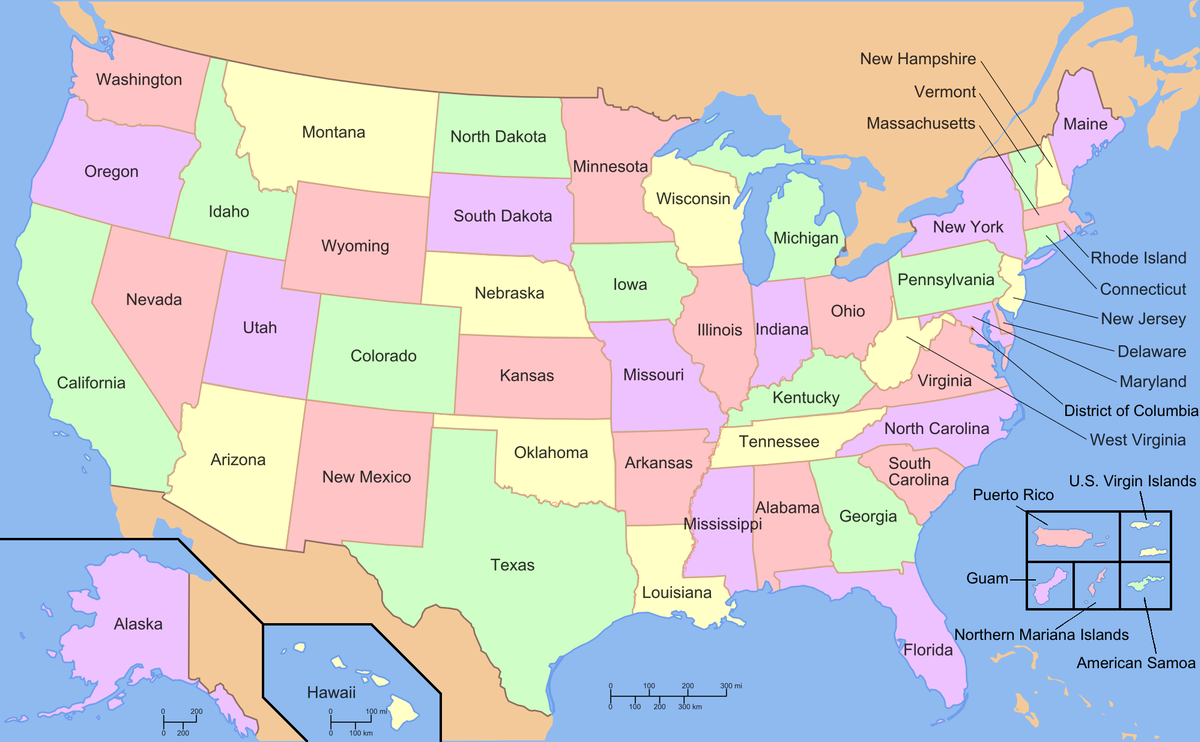Embarking on Educational Endeavors in the United States: Unlocking Paths to Achievement
Introduction: Unveiling Academic Excellence in America
The United States of America, recognized for its trailblazing spirit, cultural diversity, and esteemed educational institutions, beckons students globally, offering a gateway to realizing their academic and professional ambitions. From iconic Ivy League establishments to cutting-edge research hubs, the USA presents an array of avenues for students to flourish and thrive. Within this discourse, we embark on an exploration of the dynamic educational panorama in the United States, spotlighting its renowned universities, diverse academic programs, and the enriching journey it offers to international scholars.
1.The Esteem of American Universities
1.1 Globally Acclaimed Institutions
Within the USA reside some of the planet’s most revered universities, including Harvard, MIT, and Stanford. These academic bastions are renowned for their unwavering commitment to scholarly rigor, pioneering research endeavors, and far-reaching influence.
1.2 Diverse Academic Offerings
American universities boast a plethora of degree programs spanning myriad disciplines, catering to a spectrum of interests and vocational aspirations. From the realms of business and engineering to the realms of liberal arts and humanities, students encounter abundant prospects to pursue their passions.
2. Educational Levels and Trajectories
2.1 Undergraduate Trajectories
Undergraduate pursuits in the USA commonly extend over a four-year duration, furnishing students with a broad-based educational framework within their chosen field of study. Notable degree options include Bachelor of Arts (BA) and Bachelor of Science (BS) programs.
2.2 Advanced Studies
For those harboring aspirations of specialized expertise, US universities offer an array of master’s and doctoral programs. These advanced pathways delve deeply into specific domains of inquiry, equipping students with specialized proficiencies and insights.
3. Language Proficiency and Prerequisites
3.1 Mastery of English Language
Given English’s status as the predominant medium of instruction in US academia, international scholars must demonstrate proficiency in the language. This requisite proficiency is typically gauged through standardized assessments such as the TOEFL or IELTS examinations.
3.2 Language Support Services
To facilitate the integration of international students and aid them in navigating linguistic and academic requisites, numerous US universities provide comprehensive language support services, encompassing language courses and conversational mentorship.
4. Cultural Assimilation and Diversity
4.1 Fusion of Cultures
Enrolling in academic pursuits in the USA offers more than just scholarly advancement; it affords students a distinctive opportunity to immerse themselves in a tapestry of cultures and viewpoints. From multicultural campus environments to pulsating urban landscapes, the USA epitomizes the celebration of diversity in all its facets.
4.2 Immersive Learning Ventures
Beyond conventional classroom settings, students in the USA are presented with a myriad of experiential learning prospects, ranging from internships and research ventures to community engagement initiatives. These immersive experiences enrich their academic odyssey and fortify their readiness for success within an interconnected global milieu.
Fostering Talent and Ingenuity in the United States
In summation, the United States of America emerges as a vanguard of academic distinction and ingenuity, extending a warm invitation to aspiring scholars from across the globe to pursue their aspirations and aspirations. With its esteemed academic institutions, diverse academic array, and vibrant cultural milieu, the USA proffers a transformative educational expedition, priming students for eminence in their chosen fields.

Why Study in United States Of America ?
- World-renowned Education System: Benefit from top-ranking universities and colleges known for their academic excellence and cutting-edge research.
- Diverse Culture: Experience a melting pot of cultures, ethnicities, and perspectives, fostering a rich and dynamic learning environment.
- Global Networking Opportunities: Connect with students and professionals from around the world, expanding your global network and opening doors to international career opportunities.
- Wide Range of Programs: Choose from a vast array of academic disciplines and specializations, allowing you to tailor your education to your interests and career goals.
- Innovation and Technology Hub: Study in a country at the forefront of innovation and technology, with access to state-of-the-art facilities and resources.
- Career Prospects: Gain access to a thriving job market and numerous internship opportunities, enhancing your employability upon graduation.
- English Language Proficiency: Improve your English language skills, which are crucial for success in today’s globalized world.
- Cultural Immersion: Immerse yourself in American culture, traditions, and way of life, gaining a deeper understanding of the country and its people.
- Financial Aid Options: Explore various scholarships, grants, and financial aid opportunities to support your education and minimize the financial burden.
- Personal Growth: Develop independence, resilience, and critical thinking skills while navigating life in a new country, fostering personal growth and self-discovery.

Why Just Bridged Immigration for United States Of America?
Immigration serves as a pivotal bridge-building mechanism within the United States of America, fostering cultural exchange, economic growth, and societal cohesion. Here’s why immigration plays a crucial role in bridging divides within the USA:
Economic Vitality: Immigrants contribute significantly to the American economy by filling gaps in the labor market, launching businesses, and driving innovation. Their diverse skill sets and entrepreneurial spirit bolster productivity and competitiveness, fueling economic growth and prosperity.
Cultural Enrichment: Immigration infuses the American tapestry with diverse languages, traditions, and perspectives, enriching the nation’s cultural fabric. This cultural diversity fosters creativity, broadens horizons, and promotes mutual understanding among diverse communities, thus bridging cultural divides.
Social Cohesion: Despite initial challenges, immigrants often integrate into American society, forging connections and building bridges across ethnic, racial, and social divides. Through shared experiences, collaborative efforts, and collective aspirations, immigrants contribute to the social cohesion and resilience of American communities.
Demographic Dynamics: Immigration plays a crucial role in shaping the demographic landscape of the United States, replenishing aging populations, and sustaining workforce growth. By attracting individuals with diverse backgrounds and talents, immigration ensures demographic dynamism and vitality, thereby bridging demographic divides.
Global Engagement: Immigrants serve as cultural ambassadors, fostering connections and fostering goodwill between the United States and their countries of origin. Their transnational networks and experiences facilitate diplomatic ties, trade relations, and cross-cultural understanding, bridging international divides.
General Student Visa Requirements
- Photos and Visa Fee
- All academic documents (with passing and/or degree certificate)
- IELTS Tess Report Form
- Unconditional offer letter
- Fee Receipt
- Medical Confirmation – Receipt
- Family and Income Details

Frequently Asked Questions
To apply for a student visa (F-1 or M-1), you must first be accepted by a U.S. institution approved by the Student and Exchange Visitor Program (SEVP). Once accepted, you can apply for the visa through the U.S. embassy or consulate in your home country.
Most U.S. universities require international students to demonstrate proficiency in English through standardized tests such as the TOEFL or IELTS. Each institution sets its own minimum score requirements, so it’s essential to check with your chosen university.
Yes, but there are limitations. International students on F-1 visas can work on-campus part-time during the academic year and full-time during breaks. Off-campus employment opportunities may be available under certain circumstances, such as Curricular Practical Training (CPT) or Optional Practical Training (OPT).
Many U.S. universities offer scholarships and financial aid to international students based on academic merit, talent, or financial need. Additionally, external organizations and government agencies may offer scholarships specifically for international students studying in the USA.
Most U.S. universities require international students to have health insurance coverage that meets specific criteria. Some universities offer their health insurance plans, while others allow students to purchase coverage independently or through an international student insurance provider.

